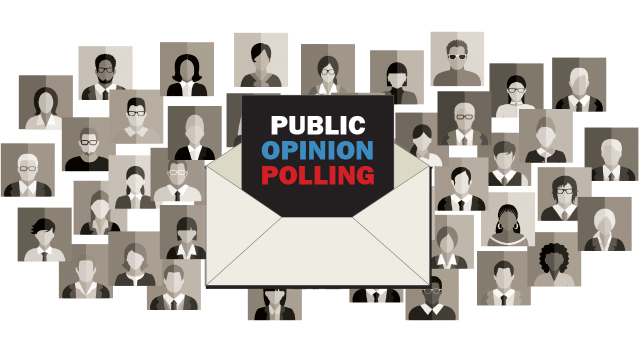Sometimes it seems like public opinion polls are all around us, especially – but not only – in election years. If you’ve wondered what opinion polls are for, how they are done or how to tell a good one from a bad one, we’ve come up with some answers for you. Sign up for Pew Research Center’s five-lesson email mini-course about polling and you’ll receive a short lesson from us every few days, over the course of a couple of weeks. As with all our work, it’s completely free.
We conduct lots of opinion polls here at the Center. We also do research on how to improve polling. We’ve tried to distill all this knowledge into short, easy-to-digest lessons that we hope will answer your questions about the subject. There’s even a quiz at the end so you can see what you’ve learned.

Try our email course on polling
Want to know more about polling? Take your knowledge to the next level with a short email mini-course from Pew Research Center. Sign up now!
Each email lesson will address a different topic about polling: What are polls, and why are they done? What kinds of subjects do polls cover? How are polls conducted, and how has that changed over time? Why did polls hit a rough patch in the 2016 and 2020 elections, and what’s being done to help the industry deal with its challenges? And – maybe most importantly – how can you become a savvier consumer of opinion polls? We want our lessons to be easy to understand, so we’ve written them in a straightforward, friendly way. But if you want to learn more, we’ve included links to more detailed articles and videos about many aspects of polling.
You can sign up to take the polling mini-course here. If you like it, you may want to check out our other e-mail courses, which address immigration, Muslims and the U.S. census. We hope you get a lot out of our lessons, and please tell us what you think by emailing us at minicourses@pewresearch.org.



